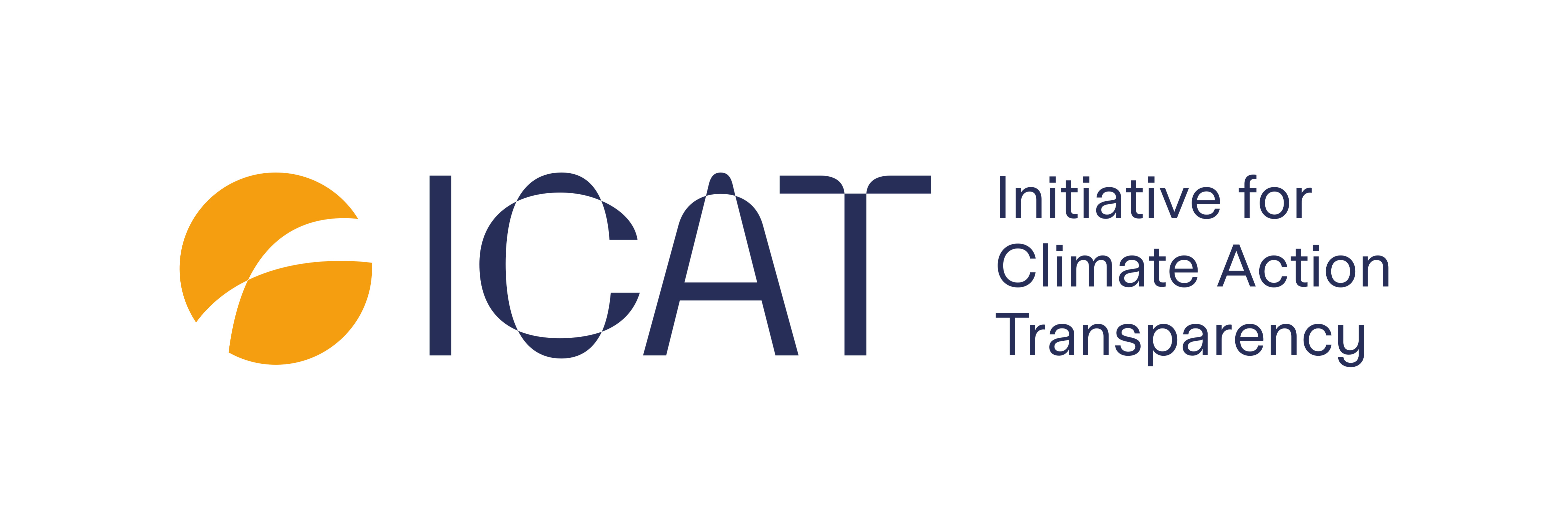January marked a significant milestone for Cuba in its efforts to meet the transparency requirements of the Paris Agreement.
A capacity building workshop introduced key stakeholders to the new version of the Greenhouse Gas Abatement Cost Model (GACMO), equipping them with tools for NDC tracking and reporting.
GACMO 2.0 can be downloaded here.
The Enhanced Transparency Framework of the Paris Agreement requires countries to report on national greenhouse gas (GHG) emissions projections.
The January workshop was the first step in enabling Cuba to use the GACMO tool to review its emissions projections towards 2030 and beyond, analyze the GHG impacts of mitigation options in different sectors, and monitor the implementation and achievement of NDC targets. Thus, living up to the Paris Agreement requirements.
The workshop was organized by the Centre for Information Management and Energy Development (CUBAENERGIA) which is a technical centre of the Ministry of Science, Technology and Environment of Cuba, along with the Initiative for Climate Action Transparency (ICAT), and the UNEP Copenhagen Climate Centre.
On the Cuban side, key stakeholders from different sectors and technical centres that work with the development and implementation of mitigation measures, as well as the development of monitoring and reporting systems, participated in the workshop.
New user-friendly GACMO tool
GACMO is a greenhouse gas emissions projections tool for navigating the complexities of emissions reductions and charting future emissions pathways. It has been updated and refined by the UNEP Copenhagen Climate Centre over two decades, and has just been launched in a new enhanced version.
The new version, GACMO 2.0, introduces a more user-friendly interface with a step-by-step design, ensuring that users, regardless of their expertise, can harness the tool’s power. It also offers new options for presenting results so that they can be used to inform policymakers.
Additionally, detailed guidance and two video tutorials accompany the tool, providing comprehensive support to users.
This new version has been developed with the support of the Initiative for Climate Action Transparency (ICAT).
Analysing mitigation options with GACMO
The training workshop was designed to allow for participants to engage in interactive discussions and participatory exercises, applied to specific mitigation actions.
It covered the basics of the Enhanced Transparency Framework, the ICAT work in Cuba and the data required to use the GACMO tool. Participants then moved on to create a baseline for Cuban emissions with exercises applied to the energy balance, electricity prices, emissions and growth factors.
Focusing on the power and transport sectors, the training participants applied the GACMO tool to analyze specific mitigation options.
Climate mitigation scenarios
On the final day of the workshop, the participants looked ahead to the next steps of using GACMO in Cuba.
This included using GACMO to analyze different sets of options that could help reduce emissions, and to create GHG emissions projections for different scenarios.
A webinar presenting the new GACMO tool and its functionalities will be held on the 15th of February and is open for registrations.

